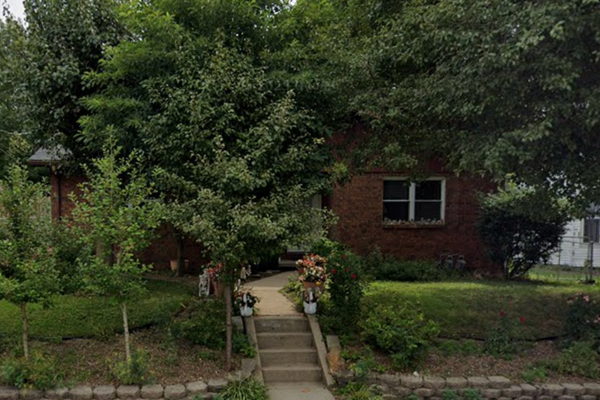This is a critical year for the natural environment. Negotiations by world leaders in Montreal in December will determine the fate of the post-2020 Global Biodiversity Framework, a far-reaching agreement that will set the world’s environmental agenda for the next decade. The future of perhaps a million plant and animal species hangs in the balance, as do the lives and livelihoods of billions of human beings.
Biodiversity is not about simply counting trees, birds, fish, or insects. These certainly matter, but so too does the broader balance of the ecosystems on which we and many other species rely. Moreover, “we” must include indigenous peoples, who have a particularly important role to play in environmental talks.
I am one of them. My people, the Mbororo of Chad, are like many other groups that have ancient ties to ancestral lands around the world. We are proven stewards of much of the world’s precious yet dwindling natural inheritance. Deforestation on our lands is much lower than elsewhere. Vegetation is thicker, wildlife is more abundant, food chains are sturdier. Where we live, nature’s vitality has not yet been extinguished. As much as one-third of the world’s tropical forests, peatlands, and mangroves — carbon-dense ecosystems that account for 80% of global biodiversity — are found on indigenous lands.
This is no accident. For indigenous peoples, land is everything. It is the source of our food, shelter, and medicine, and the wellspring of our culture and history. Over countless generations, we have learned to live well on our land. We know how to protect it, how to restore it, and how to serve as its engineers and nurturers, not its destroyers.
Science has long confirmed indigenous peoples’ unique contributions to Earth’s well-being. In 2019, the Intergovernmental Panel on Climate Change stressed that indigenous knowledge is critical to managing global warming and its effects. The Intergovernmental Science-Policy Platform on Biodiversity and Ecosystem Services reached the same conclusion with respect to preserving biodiversity. In a follow-up report this year, IPBES further emphasised the importance of indigenous people’s contributions to global conservation.
The world’s growing recognition of indigenous knowledge was also reflected at the UN Climate Change Conference (COP26) in Glasgow last year, when several countries and private donors pledged US$1.7 billion to support indigenous peoples and local communities’ conservation and climate-advocacy efforts. It was an unprecedented commitment to a far-flung but increasingly united population.
But while we welcome world leaders’ growing recognition of indigenous knowledge and practices, fulfilling our stewardship role requires more than approbation. To continue serving as the natural world’s most effective guardians, we need the right to own — and thus to remain on and continue to manage — our ancestral lands.
With indigenous peoples being relentlessly displaced from territory that we have always called home, land-tenure reform and secure land rights have become absolutely crucial. Otherwise, outsider settlement, agricultural expansion, industrial extraction, desertification, and disease will continue to sever our historic bonds to the lands we live on.
Governments must commit to managing land more sustainably. The 30x30 plan to protect 30% of the world’s land and sea by the end of this decade is a good idea, provided that it is pursued in close partnership with indigenous peoples and local communities.
That means ensuring full inclusion, recognition of our land rights, and our free, prior, and informed consent. We need to be fully represented at the table when new agreements are struck, and when projects to protect and restore ecosystems are being designed. To carry out this vital mission, we also need access to funding. The Community Land Rights and Conservation Finance Initiative, which focuses squarely on the intersection of land-tenure rights and community-led conservation, is a good start.
CLARIFI fills a key gap by channelling funds directly to indigenous and community-led initiatives. It aims to raise $10 billion by 2030 and to expand legally recognised indigenous territories by 400 million hectares. This is crucial to curbing deforestation, climate change, and biodiversity loss. The goal is to increase these communities’ legal land ownership to at least 50% of all tropical forests.
Even though finalising the Global Biodiversity Framework is crucial to prevent wholesale ecosystem collapse, the process has run into delays and reluctance by key parties. World leaders must rise to the occasion and secure an agreement that recognises indigenous peoples’ and communities’ rights and unique contributions. ©2022 Project Syndicate
Hindou Ibrahim, president of the Association for Indigenous Women and Peoples of Chad, is a member of the United Nations Permanent Forum for Indigenous Issues.







